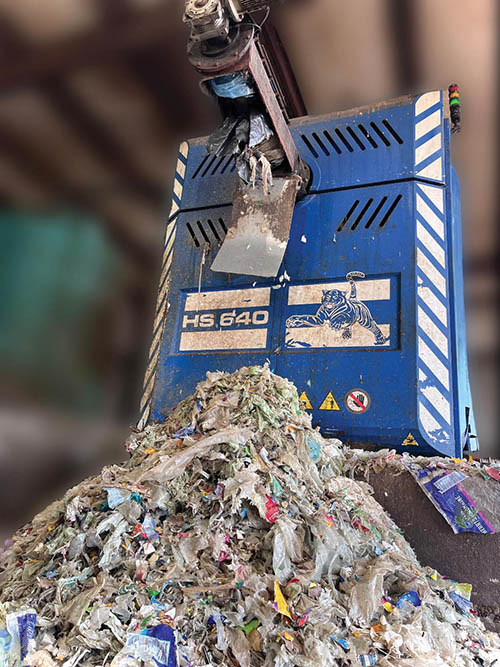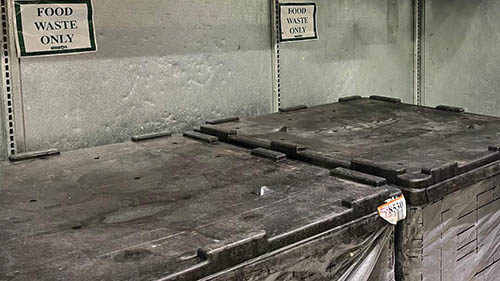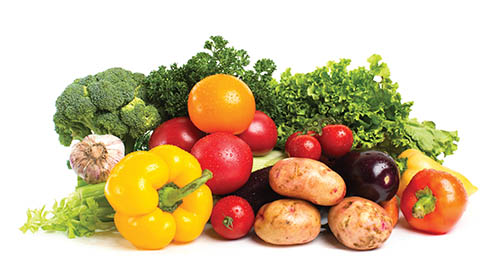— By Ray Hatch —
The shocking truth about food waste: how businesses can drive positive change.
Each year, a significant portion of the United State’s food supply goes unsold and uneaten, leading to about 145 billion meals ending up in landfills annually. This accounts for 38% of all food in America, with over half of the food waste originating from the food and grocery industry.

As consumers are increasingly seeking environmentally friendly practices and a diverse range of high-quality food options, this puts pressure on food purchases, inventory management and waste handling.
Let’s explore the causes of food waste, its environmental impacts and how businesses can make a positive impact by monitoring their operations and repurposing food that would typically be discarded into landfills.
Reasons for Food Waste
Food waste occurs at home, in stores, in restaurants and on farms due to several factors, such as:
• Lack of education and communication: The confusion surrounding “best before,” “sell by” and “use by” dates leads to customers throwing away food that is still edible.
• Oddly shaped fruits and vegetables: People tend to choose the most visually appealing produce, leading to the wastage of perfectly good produce.
• Overproduction at farms: Stores order more than they need and fail to monitor their operations effectively to manage inventory.
• Food damage during transport: Packaging designs and transportation methods damage food during transportation making it either unfit for resale, or unattractive to customers.
Environmental Impact

Every step in the food production process, from raising livestock and planting crops to harvesting and shipping goods to retailers, generates carbon emissions. This journey contributes significantly to global warming, as nearly 10% of worldwide carbon emissions stem from food waste, most of which is discarded in landfills. There, organic waste does not decompose properly, producing methane — a potent greenhouse gas. This improper breakdown disrupts the carbon cycle and degrades soil health.
The Role of Key Industries in Food Waste Reduction
Grocers, manufacturers and distributors operate in a consumer-facing marketplace, primarily selling produce and packaged food products.
Because of their central position in the supply chain, this market can:
• Influence food waste reduction decisions
• Generate sustainability trends
• Meet consumer demands
• Impact business workflow
• Divert from the landfill
How Can Businesses Reduce Food Waste?
Cutting food waste in half could eliminate nearly one-quarter of total greenhouse gas emissions from the global food system.
Businesses can:
• Analyze operational data to identify waste patterns and areas for improvement.
• Develop a realistic plan to enhance efficiency and achieve sustainability goals.
• Educate staff and raise awareness to mitigate transit and storage mishaps.
• Implement solutions, report findings and continually refine strategies.
Sustainable Alternatives and their Challenges
Sustainable alternatives, like programs that separate and recycle both food and its packaging, can keep waste out of landfills. For instance, organic waste can be transformed into compost for farms and gardens, and renewable energy can be harnessed from non-organic materials and packaging. This not only reduces methane emissions but also fosters a circular economy.

There are many factors to consider when looking at sustainable solutions and how to properly implement them. Businesses should ask such questions as:
• Does food recycling require multiple bins, multiple processes and significantly dedicated space in back areas or fridges?
• How can grocers and other facilities that generate food waste separate plastic or paper bags, boxes and containers from the organic material?
• Should employees of these facilities take on the added responsibility of separating biodegradable from non-biodegradable components?
Running through the questions and checklists can be overwhelming without proper data-backed assistance and services. Without a transformative step forward in the efficient aggregation and diversion of food waste, packaging and ancillary waste, valuable time will be wasted, and there will be a risk of contamination.
Making these operational shifts can help businesses easily make positive changes for themselves and the planet.
— Ray Hatch has served as president & CEO of Quest Resource Management Group since February 2016. Quest is a national provider of waste and recycling services that enable larger businesses to excel in achieving their environmental and sustainability goals and responsibilities.

